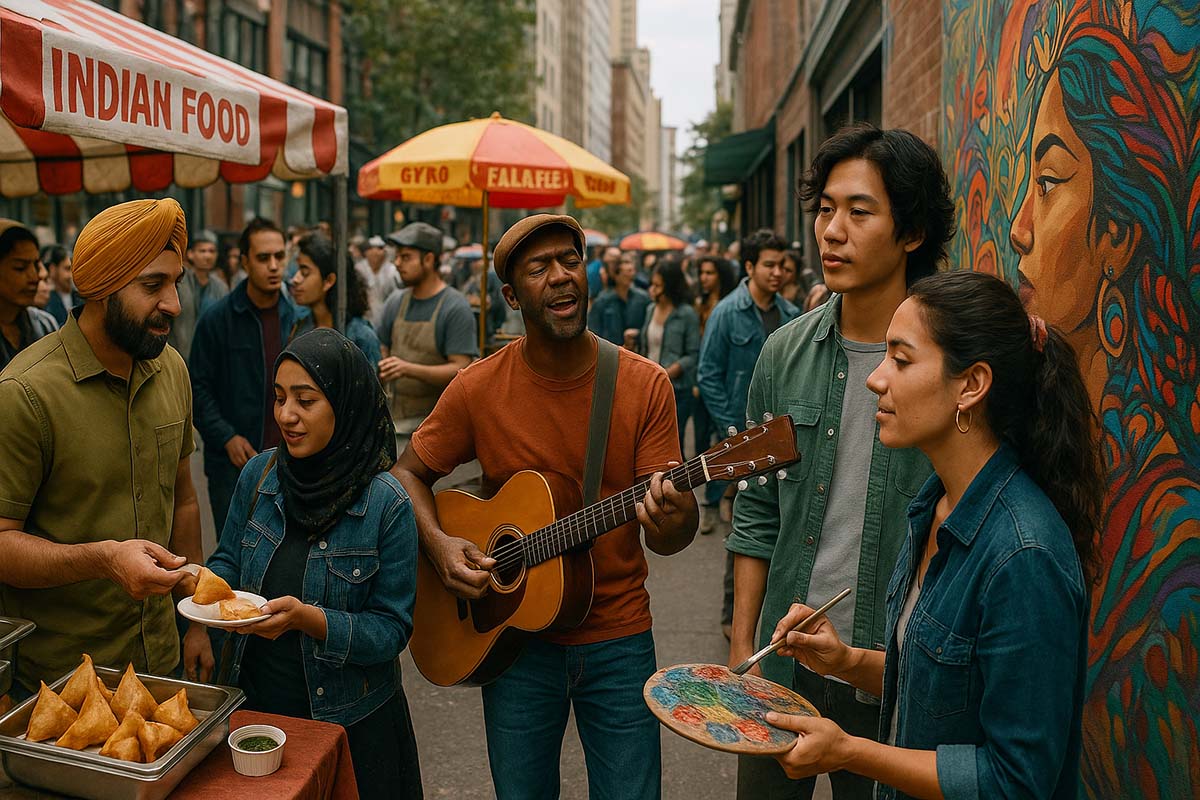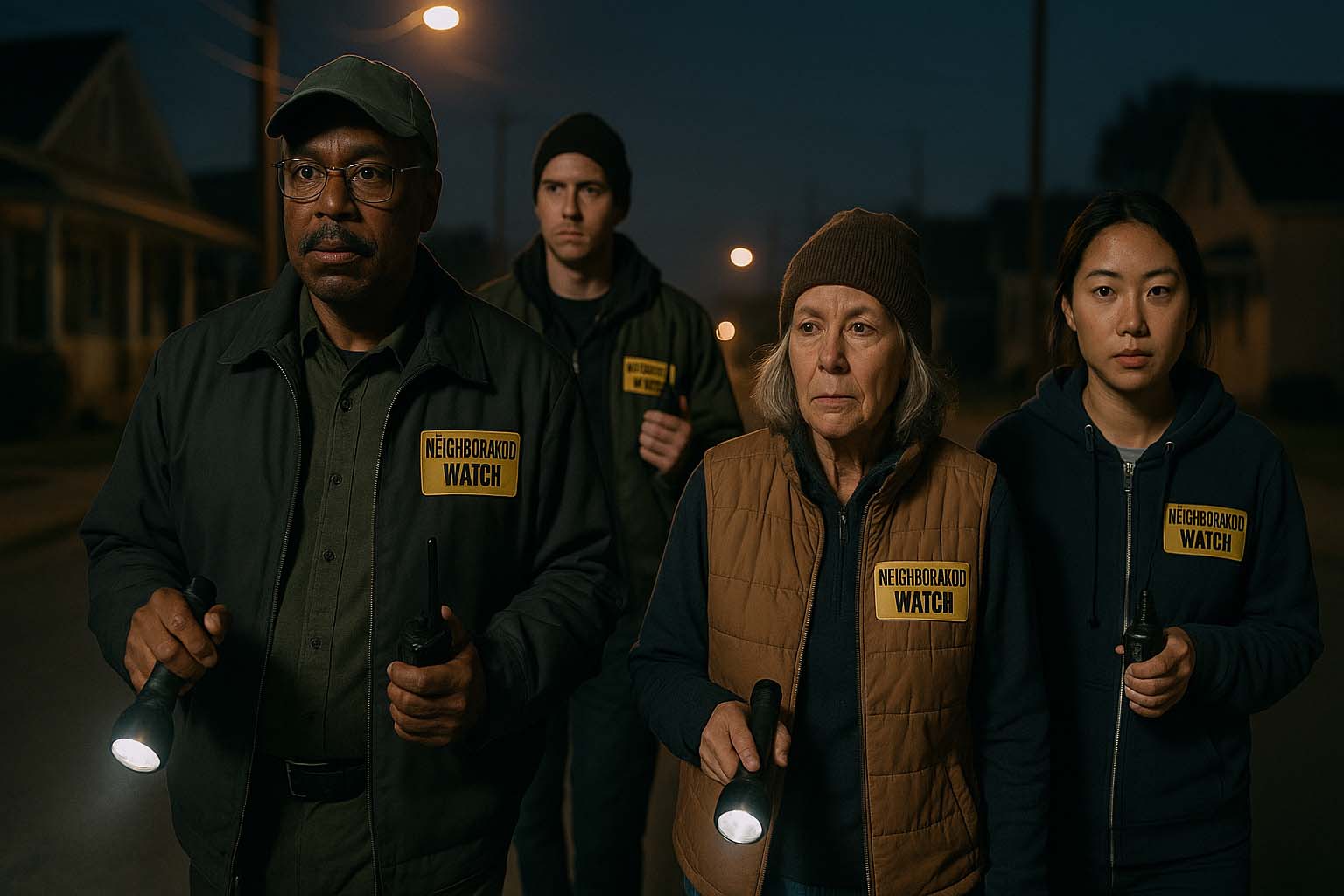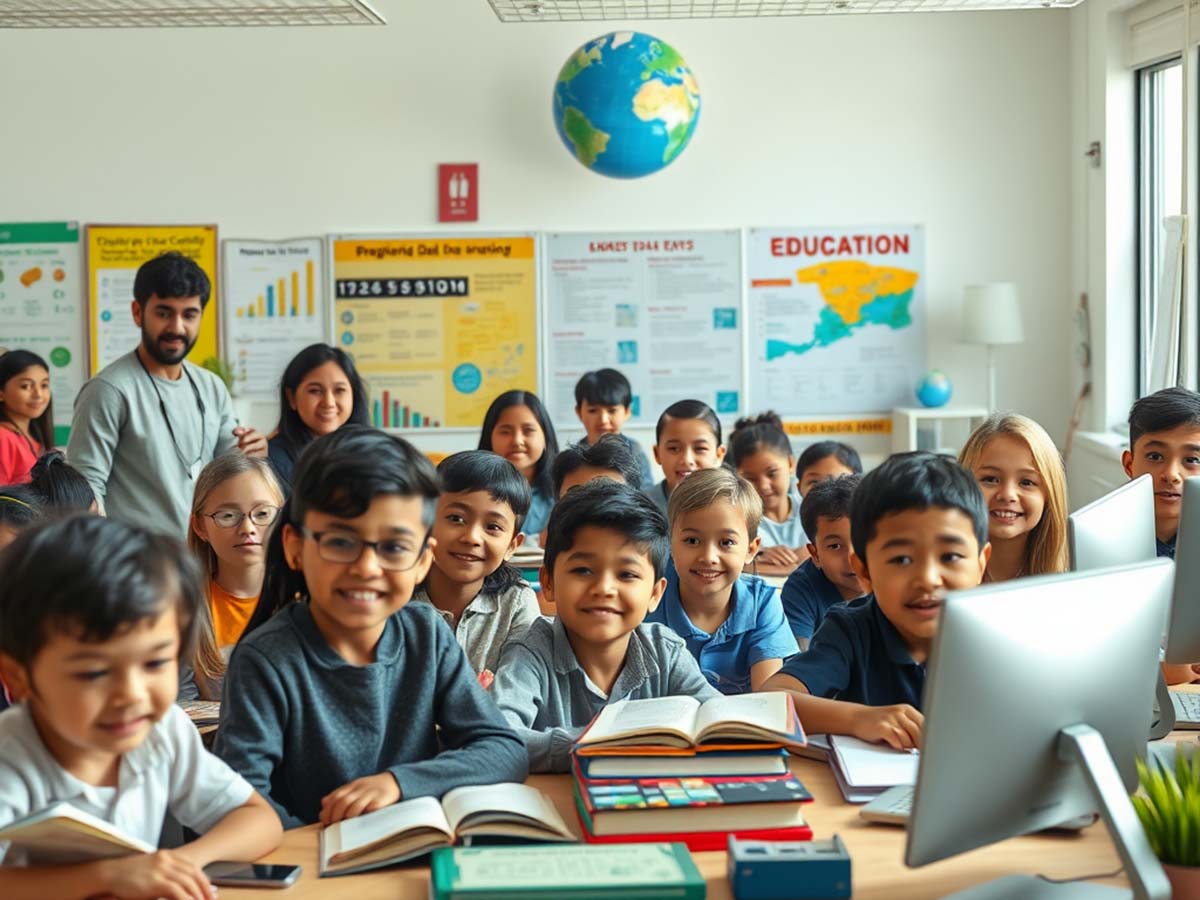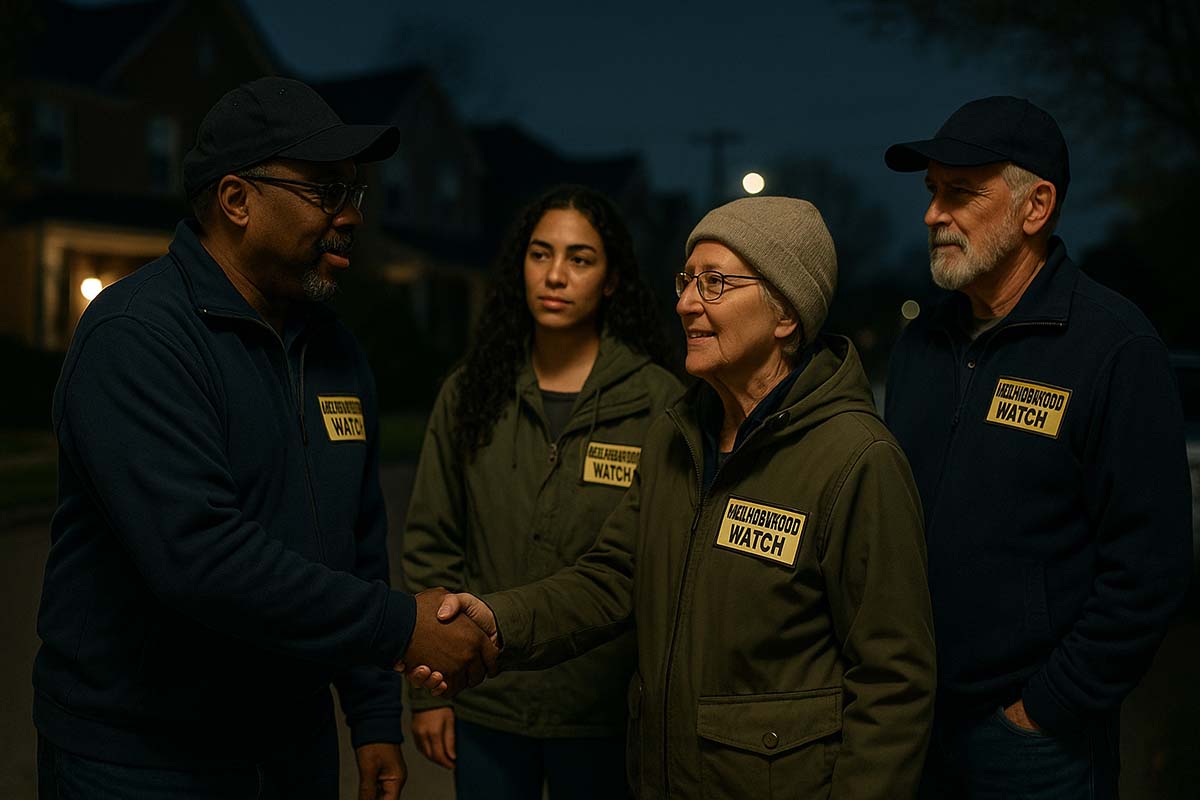Understanding Shifts in Cultural Identity Across U.S. Cities
For social media users, content creators, and businesses, recognizing how cultural identity evolves in different U.S. cities is vital. These changes shape how people communicate, consume content, and make marketing decisions. With the constant movement of information and people, there’s an organic blending and reshaping of local traditions influenced by global elements.
Where Cultures Meet and Transform
Across the United States, cultures interact in complex ways. Urbanization and immigration bring a mix of traditions, languages, and art. In New York, for instance, Puerto Rican, Filipino, and West African communities participate in the same creative scene. Rather than erasing native traditions, this convergence forms new expressions of music and art.
These changes go beyond festivals and cuisine. They extend to language and online interaction. Businesses and creators often follow these micro-trends. Take TikTok dance trends inspired by rhythms from Latin America and the African Diaspora—these examples show how fast culture spreads. Yet this raises a question: How do we ensure authentic representation while keeping all voices included?
Global Styles with Local Flavor
In Los Angeles, people often refer to cultural blends that retain a local feel. Markets like Koreatown and Little Tokyo serve not only immigrant communities but also local artists and tourists. During events such as the annual Nisei Week in Little Tokyo, Japanese culture is celebrated while remaining open to wider participation.
Meanwhile, Chicago is known for blending Midwestern and Latinx traditions. Deep Dish pizza there, now flavored with Mexican spices, is one such result. In the Pilsen neighborhood, murals reflect the history of Mexican-American migration and struggle. These stories are now being echoed by international brands aiming to reflect sincerity in their designs.
Migration and Technology as Drivers of Change
Migration plays a leading role in shaping new cultural landscapes. Each year, thousands of newcomers arrive in the U.S. from Latin America, Asia, and other parts of the world. In Houston, for example, you might find a Vietnamese pho shop next to a Nigerian jollof rice stand. This kind of setup encourages exchange not just of food, but also language and music.
Technology makes these exchanges even faster. Through platforms like Instagram and YouTube, art, dance, and music from countries such as South Korea or Brazil can become popular in hours. Local influencers often act as bridges between cultures and audiences, offering personal stories on how they connect with foreign influences.
The Business of Culture
As identities shift, opportunities grow for businesses. Brands that understand local microcultures tend to connect faster with their audience. A food truck in Miami that serves Cuban-Mediterranean fusion, for instance, has found strong support from both the community and visiting customers.
For content creators, authentic experiences stand out. Interviews with community leaders—such as artists, musicians, and entrepreneurs—build trust. A simple video showing how to make Ethiopian injera in a Brooklyn apartment can resonate with viewers and offer new perspectives.
Challenges and Open Doors
Despite the growing cultural expression, some hurdles remain:
Loss of heritage: Intense cultural mixing can sometimes blur or erase original traditions.
Commercialization: Culture risks being turned into a product, which weakens emotional bonds.
Gentrification: Rising interest in cultural districts can lead to higher rents, pushing out the original residents.
However, these conditions can also inspire innovation. Local artists and community leaders can use this moment to start new movements in art and storytelling.
How Creators and Businesses Can Adapt
Here are practical ways creators and business owners can respectfully engage with shifting cultures:
Attend local events and interact with neighborhood leaders.
Use digital tools to highlight real stories—for instance, livestreaming a workshop on indigenous craft.
Tailor products and services based on community observations instead of broad trends.
Allocate part of the earnings to support local art and cultural initiatives.
Respect Builds Better Engagement
Respecting original communities is key. It’s not enough to adopt a dance or recipe. The full story behind it matters. If you’re creating a video about Brazilian capoeira, show more than the movements. Talk about its Afro-Brazilian roots, the struggles it represents, and how it’s practiced in its home communities.
By presenting the full context, you avoid reducing culture to an image or soundbite. This approach builds deeper trust and promotes mutual understanding.
Cities as Cultural Centers
Urban areas have become important gathering spots for global expression. In Seattle, anime conventions and tech events are often accompanied by Japanese cultural performances. A Melbourne-style coffee shop in Austin, blending techniques from Australia and Latin America, has become a favorite spot among locals and tourists alike.
These spaces don’t just sell goods or services—they offer shared experiences. They show how thoughtful cultural blending can lead to something fresh and meaningful.
Culture Is Always Evolving
Change is visible at street level. New restaurants, pop-up markets, and art galleries reflect how active and dynamic city culture has become. For creators and business owners, success often depends on how well they can listen and respond to local communities without erasing or exploiting their stories.
This means adjusting practices regularly. A neighborhood that was once predominantly Italian may now be home to new African or Middle Eastern influences. Understanding this shift is part of staying relevant while showing respect.
Start Small, Think Deep
Getting involved doesn’t require a massive budget. A blog series can focus on a small local community. Take a week to feature Arab-American restaurants in Detroit. Share interviews, food stories, and how these restaurants serve both as business hubs and cultural landmarks.
Even a small project can leave a lasting impression. What matters is honesty, effort, and a willingness to learn.
Why Local Voices Matter
The people living within these cultural pockets hold the stories worth telling. Their insights, when shared properly, create bridges between different communities. Businesses and creators who make space for these voices tend to earn deeper loyalty.
Whether it’s a barista sharing Ethiopian coffee rituals or a dancer teaching Caribbean choreography, the goal should always be to lift others while learning with them.
Building Stronger Community Connections
As these cultural shifts continue, there’s a chance to build stronger networks—ones that aren’t just about selling or promoting, but about meaningful connection. Online platforms can be tools for empathy, education, and storytelling.
Imagine a short-form video series where each episode is hosted by a different neighborhood artist. They share their daily routines, challenges, and hopes. Projects like these can inspire both creators and audiences.
A Shared Responsibility
Learning about cultural changes isn’t limited to scholars or professionals. It’s something everyone can do. When we listen, participate, and respect community narratives, we help keep culture alive—not as a relic, but as something growing, fluid, and collective.
By paying attention to these shifts, businesses become more thoughtful, creators become more relevant, and communities become stronger.



